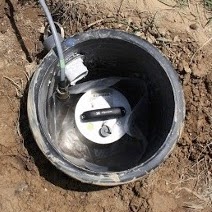Instruments
Currently, PUSC owns 12 broadband seismic stations, 120 3-C autonomous seismic nodes, IVI T-1500 truck-mounted seismic vibrator, a 240-channel wired Geode system, a field seismic doghouse truck, and distributed acoustic sensing equipment.
1. Three-component autonomous seismic nodes
Compact and easy-to-deploy instruments with flat responses from ~5 - 170 Hz, making them ideal for local earthquake studies, active source seismic imaging, monitoring anthropogenic noise sources, and can even be used for teleseismic structural studies.
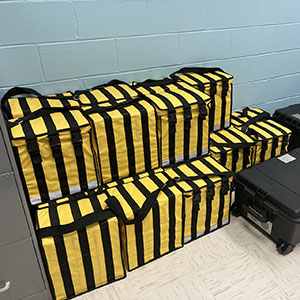
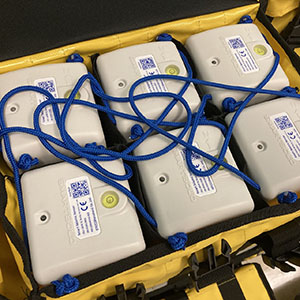
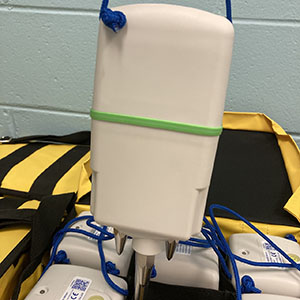
2. Seismic field lab for active seismic surveys
(Left truck) IVI T-1500 truck-mounted seismic vibrator ("vibroseis truck") useful shallow structural reflection and refraction imaging. (Right truck) A seismic "doghouse" truck used as a field base to operate the 240-channel wired Geode system deployed during active seismic surveys. Location (Top) Kentland, IN; (Bottom) Acre Farms, West Lafayette, IN
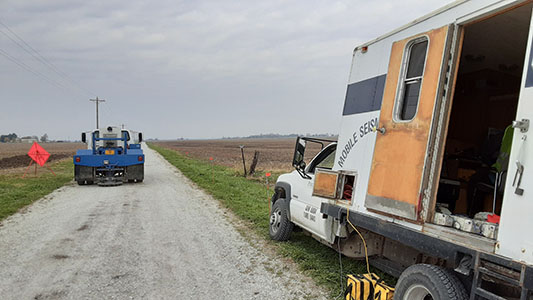
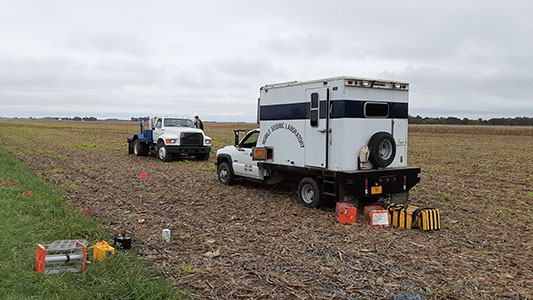
3. Broadband seismic stations
Guralp CMG-3T 120 second broadband seismic sensor. This system is paired with an RT130 digitizer to record a wide range of seismic events (flat frequency response from 50 Hz - 120 secs). This system is mostly used for global seismic monitoring, but its broad frequency response makes it amenable to local studies as well. Purdue owns 12 of these stations.
